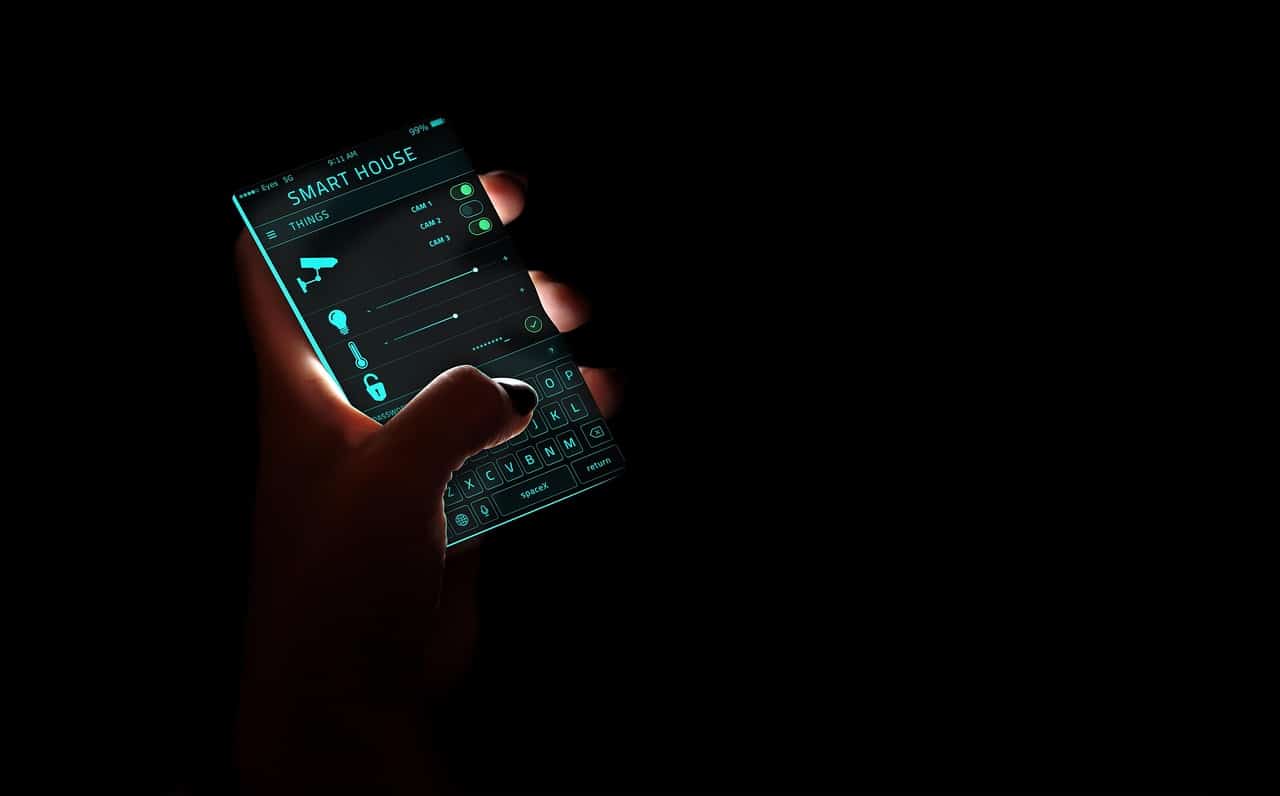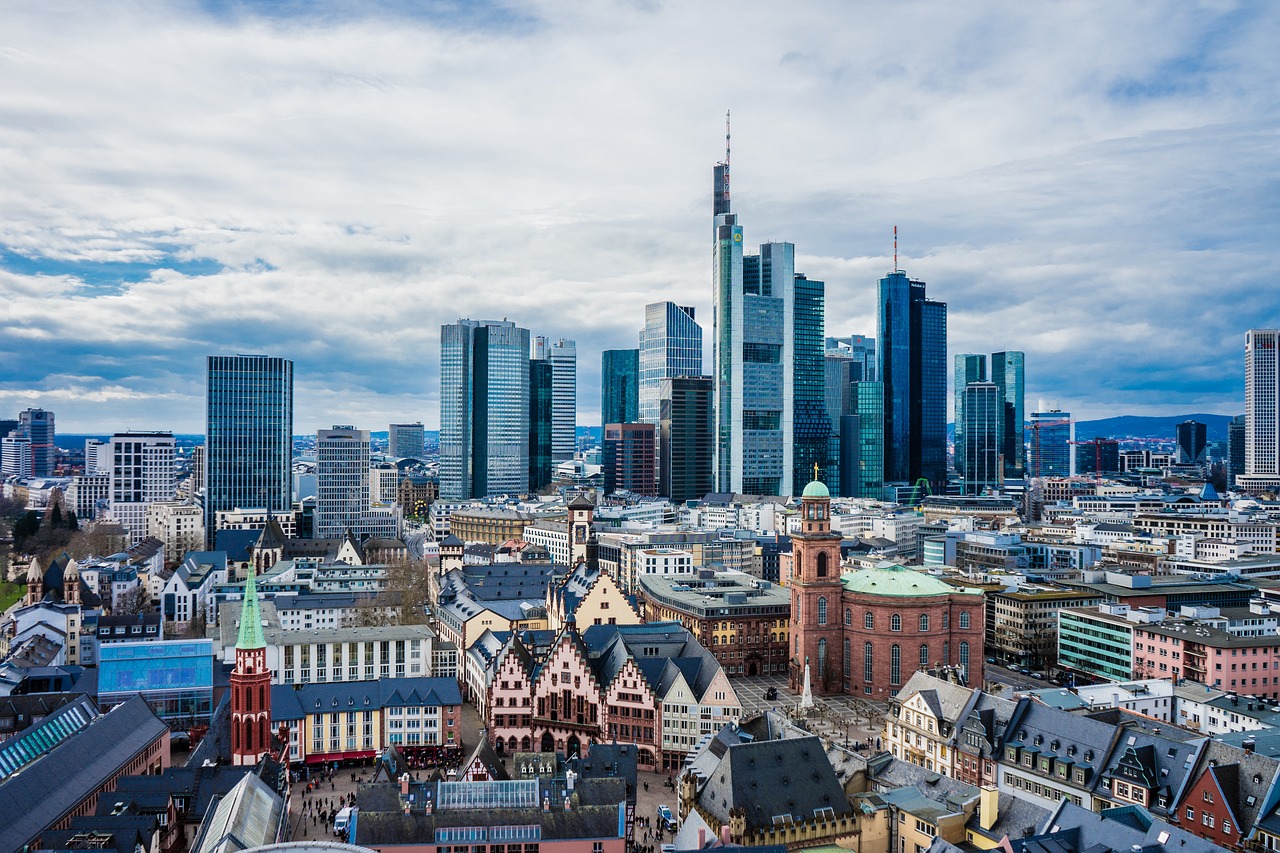
The latest developments in IoT
In 2025, the Internet of Things (IoT) is no longer just a futuristic concept or a buzzword for tech enthusiasts—it’s a part of everyday life. From smart cities to hyper-connected homes, IoT has radically transformed the way we live, work, and interact with the world. And if we thought we had seen it all, the future promises even more groundbreaking changes. Technologies like 5G, artificial intelligence, and edge computing are pushing IoT into a new era, where automation, sustainability, and security play a central role.
What is IoT?
The Internet of Things is an ecosystem of physical objects connected to the Internet, capable of collecting, transmitting, and analyzing data. These “smart objects”—ranging from simple environmental sensors to home devices and industrial machinery—communicate with each other and with centralized systems to improve efficiency, cut costs, and deliver personalized experiences.
At the heart of IoT lies connectivity. But it’s not just about being online—it’s about continuous, automated, data-driven interaction. The goal? To make smarter decisions, in real time.
Successful applications so far
Over the past few years, IoT has thrived across multiple industries. Here are some of the most effective use cases:
- Smart homes: Smart thermostats, remote-controlled lighting, and appliances that learn user habits. The home of the future is already here—and it’s saving both energy and time.
- Industry 4.0: IoT has revolutionized manufacturing with predictive maintenance, real-time tracking, and process automation.
- Healthcare: Wearables and connected medical devices enable remote monitoring of vital signs, improving prevention and chronic disease management.
- Mobility and logistics: Connected vehicles, real-time shipment tracking, and route optimization are just the beginning of a transformed sector.
What’s new in 2025
2025 is marking a turning point for IoT with a wave of exciting innovations:
- Green IoT: New devices powered by solar energy or energy harvesting systems are making IoT more sustainable and self-sufficient.
- Edge AI: The fusion of artificial intelligence and edge computing allows data to be processed directly on the device, reducing latency and reliance on the cloud.
- Enhanced security: With cyberattacks on the rise, new IoT solutions now integrate blockchain and end-to-end encryption for security by design.
- Smart interoperability: Unified standards and open platforms are making it easier to integrate devices from different manufacturers, improving the user experience.
Future applications
Looking ahead, IoT will continue to evolve and surprise us. Here are some of the most promising future prospects:
- Precision agriculture: Soil sensors, drones, and connected devices will enable more efficient, sustainable, and climate-adaptive farming.
- Smart cities 2.0: Intelligent public lighting, optimized waste management, and advanced environmental monitoring will be key features.
- Immersive retail: Stores will recognize customers via wearables and offer real-time personalized experiences.
- Advanced remote assistance: IoT combined with augmented reality will guide technicians, doctors, or operators in critical environments with detailed, real-time visual instructions.
At PC Cube we have used this technology, or rather, this new way of interconnecting technologies, to create advanced applications that have a concrete and tangible impact on our society. We believe that IoT can make a concrete contribution in many sectors, automating and enhancing most processes. If you want to know more, contact us.








